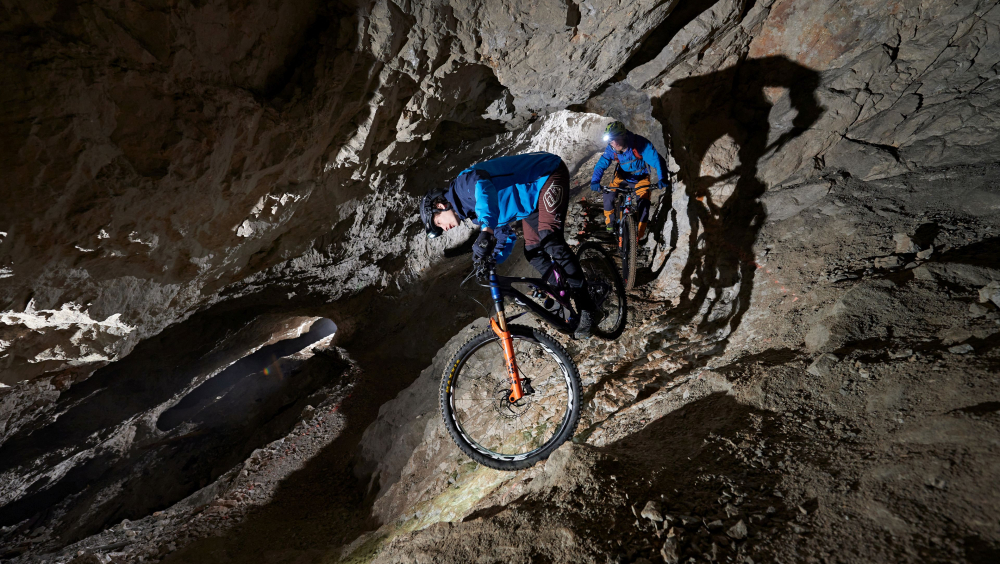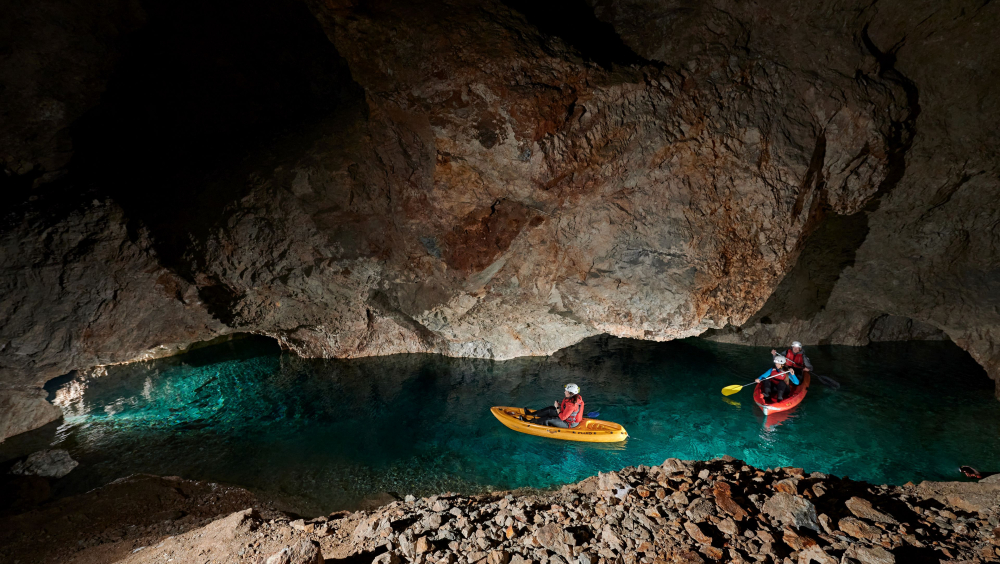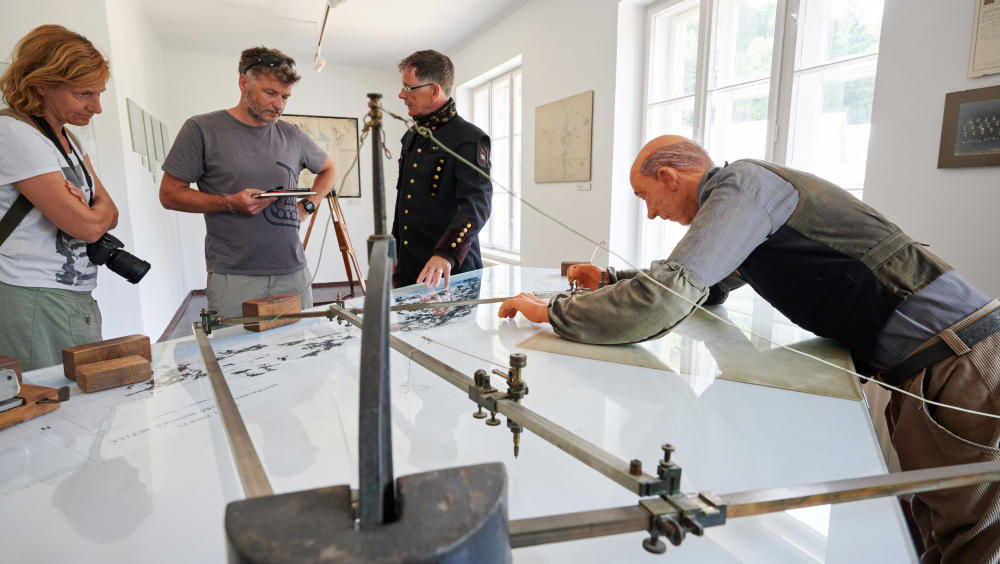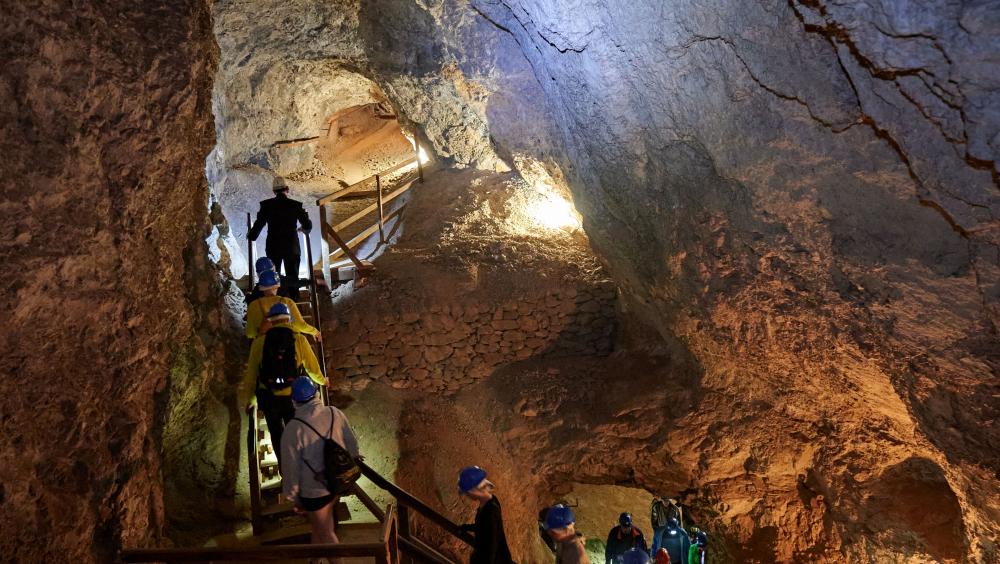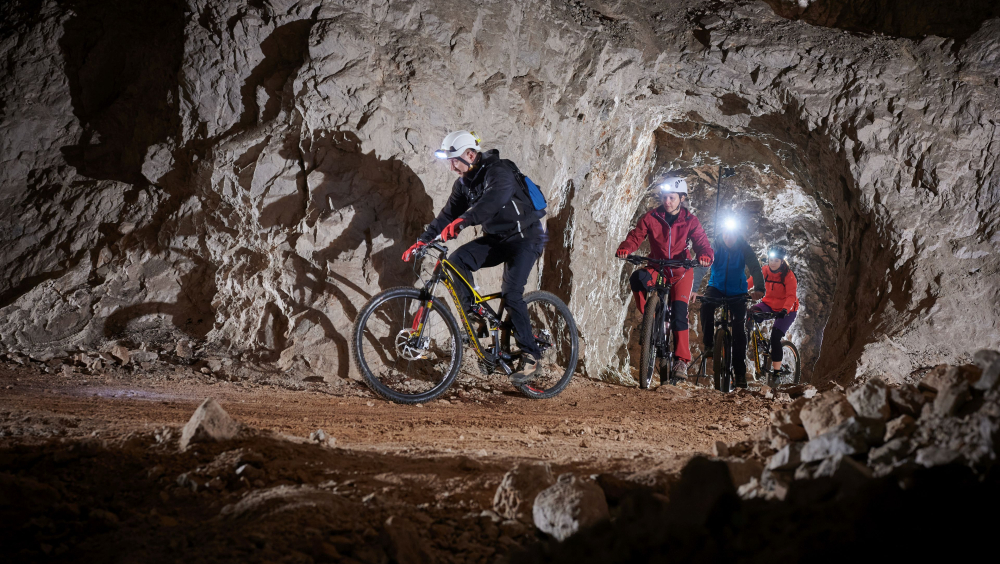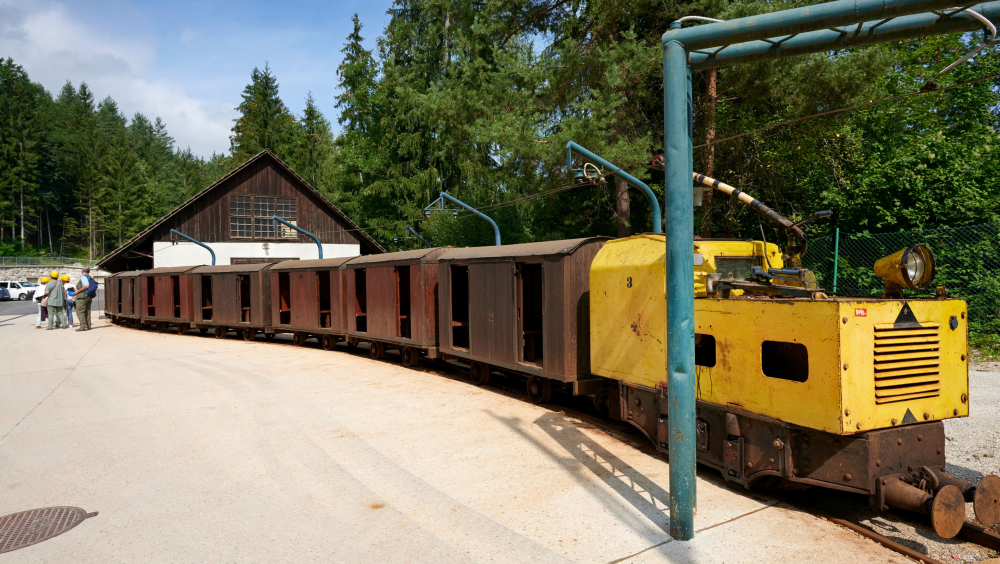Mysterious Mt. Peca Underground - Where Mining History Comes to Life
Mining – a long-standing activity that has deeply rooted itself in our town and among the people has started to lose its significance. Despite the challenging work in the mine, miners reluctantly accepted that this activity was coming to an end. Mining, despite its environmental degradation, provided bread and social security for many families over long historical periods.
Even before the last cart of ore was filled, the idea emerged of how to present and preserve this activity for future generations. A project was developed to transform the industrial facility into an environmentally friendly one. The mine became a tourist attraction for visitors eager to explore. Using valuable artifacts, we have preserved this cultural heritage as authentically as possible.
With an authentic train, visitors are taken deep into the foothills of Mt. Peca, where work of the miners is presented. For more adventurous, we combine heritage with an adrenaline adventure, as they can cycle through the mined tunnels on trails of varying difficulty. Visitors can also experience a real adventure in the mine, deep underground, navigating the labyrinth of flooded tunnels and excavations with kayaks.
Our goal is to continuously enhance our offerings while preserving this authentic underground environment and the surface buildings associated with it. Exhibits in the old building dating back to 1928 include collections of fossils, rocks, and minerals, a collection of natural science photographs, and a furnished miner's apartment that showcases the living culture of miners from that same year.
In addition to all the tours, various cultural and social events take place in our area. Our mine has thus become a place where multiple generations increasingly meet in the spirit of mining tradition. With joy and pride, we pass on our knowledge and facts about mining to our visitors and the younger generations of guides.
The Carinthian region has always been marked by a mining tradition. The Romans discovered ore in this area. The first records of mining under Mount Peca date back to 1424, and in 1665, the first official permit was issued for the extraction of lead ore. Mining continued for the next 329 years. After World War II, a strong company was established – the Mežica Lead and Zinc Mine, which employed over 2000 workers. The Mežica mine was one of the largest lead and zinc mines in Slovenia. In the 19th century, mining activities in this area began to flourish, reaching their peak at the beginning of the 20th century. The mine was the main source for obtaining lead and zinc, which were key raw materials for industry and the survival of many surrounding families. However, in the second half of the 20th century, difficulties emerged. The mine gradually began to shut down its operations as signs emerged that the price of ore was drastically falling on the market. This increased environmental and economic challenges associated with the desire to continue mining activities.
The closure of the mine had a significant impact on the local community, since many people who worked in the mine were left unemployed. In an effort to preserve the cultural heritage, a project was developed that transformed the extremely challenging industrial site into an environmentally friendly one, thus enabling continued employment for at least a handful of workers. The aim of the project was to preserve the rich mining heritage and integrate it into a modern context through innovative approaches that respect the environment, heritage, and the interests of the local community. At the same time, the plan encouraged tourism development and ensured sustainable development for the entire region. The plan for preserving and transforming the mining heritage in Mežica was conceived as a sustainable project that connects the historical value of the mine with modern approaches. Even today, through the development of tourism, educational, and cultural programs, we preserve the mining heritage while creating opportunities for long-term economic and cultural development in the region.
The Mežica mine is one of the most visited mining complexes in Slovenia. Through guided tours of the former mining tunnels, visitors can see what the sweat-drenched mining work was like in the past. The tours are led by younger generations of guides who are eager to pass on the history of mining in this area and take visitors through various parts of the mine. Visitors can explore preserved and reconstructed workspaces, mining tools, machinery, and the daily lives of miners. The mining experience also includes a ride on an authentic train. For those seeking more adventurous experiences, the mine offers adrenaline activities such as biking on trails of varying difficulty through the former mining tunnels or exploring the submerged underground labyrinth with kayaks. This offers a unique experience of exploring underground tunnels that once served as a source of livelihood.
The emphasis of the entire tourist offer is on preserving authenticity and historical accuracy, which has made the mine an important part of the cultural heritage of the Carinthian region. At the same time, efforts are made to preserve surface mining buildings, such as old administrative and industrial structures, which have been converted into museums and exhibition spaces. When the mine closed, a major focus was directed toward environmental remediation due to pollution caused by past mining activities. The surrounding forests, water sources, and areas damaged during mining operations were rehabilitated to return to their natural balance. In addition to its tourism significance, the Mežica Lead and Zinc mine still contributes to the local economy, while also being important for maintaining the identity of the area and its history, as many residents of Mežica still maintain a strong connection to the mining tradition.
The renovated spaces are now suitable for a variety of school and educational programs, where students can learn about the mining tradition and gain knowledge about natural resources, sustainable development, and environmental issues. For this reason, we are an active partner of the cross-border Karawanken-Karavanke UNESCO Global Geopark, which is a member of the European and Global Geoparks Networks and brings together natural and cultural landmarks, promotes sustainable tourism, education, and research. The cooperation between the Podzemlje Pece (Peca Underground) and the Karawanken-Karavanke UNESCO Global Geopark is crucial for the preservation and development of the region's cultural and geological heritage. By combining geological and mining content, sustainable tourism, and educational programs, this collaboration helps enrich the tourist and cultural offer, promotes long-term economic development, and contributes to preserving the natural and cultural values that are key to the identity of this area.
Today, the Mežica Lead and Zinc mine represents an excellent example of how a closed mine can become an important cultural and tourist space. Two of underground tours, i.e. Kayaking adventure through the underground of Mount Peca and the Adrenaline-pumping mountain bike descent on the Black Hole Trail are even included in the collection of Slovenia Unique Experiences, brand under the umbrella of the Slovenian Tourist Board, which is based on high quality, distinctive, authentic, green experiences, with local character, a highly sophisticated approach and service, and with a strongly expressed experiential and personal touch, supporting the story of a green boutique Slovenia and the I feel Slovenia brand.
By preserving mining heritage, offering educational programs, and developing adventurous activities, the former Mežica Lead and Zinc mine remains an important part of the community, serving as a bridge between the past, present, and future.
Podzemlje Pece - tourist mine and the museum is today important location of the crossborder Karawanken-Karavanke UNESCO Global Geopark. Based on the exceptional geological structure of the area as well as striving for cross-border integration and joint cooperation in the field of geo-tourism, nature conservation and cultural heritage interpretation, here the idea of establishing a cross-border Geopark was born. The Geopark, which today integrates 14 municipalities in the region of Slovenian Carinthia and in the region of Austrian Southern Carinthia, is named after the mountain range that connects the regions on both sides of the border.
The Geopark extends over an area of 1,067 km2 with a population of cca. 52,000 inhabitants. Since March 2013, the Geopark has been a member of the European (EGN) and Global (GGN) Geoparks Network. In November 2015 it became an UNESCO Global Geopark. It is the first cross-border geopark between Slovenia and Austria and one of the five cross-border UNESCO Global Geoparks in the world.
Currently, the EGN includes 109 geoparks from 28 countries, and the GGN includes 213 geoparks from 48 countries. The existing crossborder cooperation in the Karawanken-Karavanke UNESCO Global Geopark has been upgraded in recent years by the EGTC - European Grouping for Territorial Cooperation, which was the first such grouping to be established between Austria and Slovenia and the first EGTC to have its official seat in Austria. The main objectives of the EGTC Geopark Karawanken-Karavanke are:
- - Conservation of geological and natural resources, and the cultural and natural heritage on the territory of its members;
- - Promotion of awareness, information and education about and in the Geopark, the European and Global Geoparks Network and its positioning as a Geopark;
- - Economic development of the Geopark, including through sustainable tourism and
- - General cross-border cooperation, development and municipal policy coordination, representation of the interests of the entire region.
